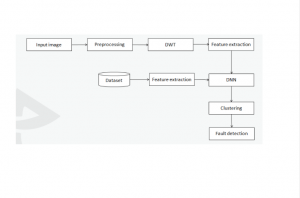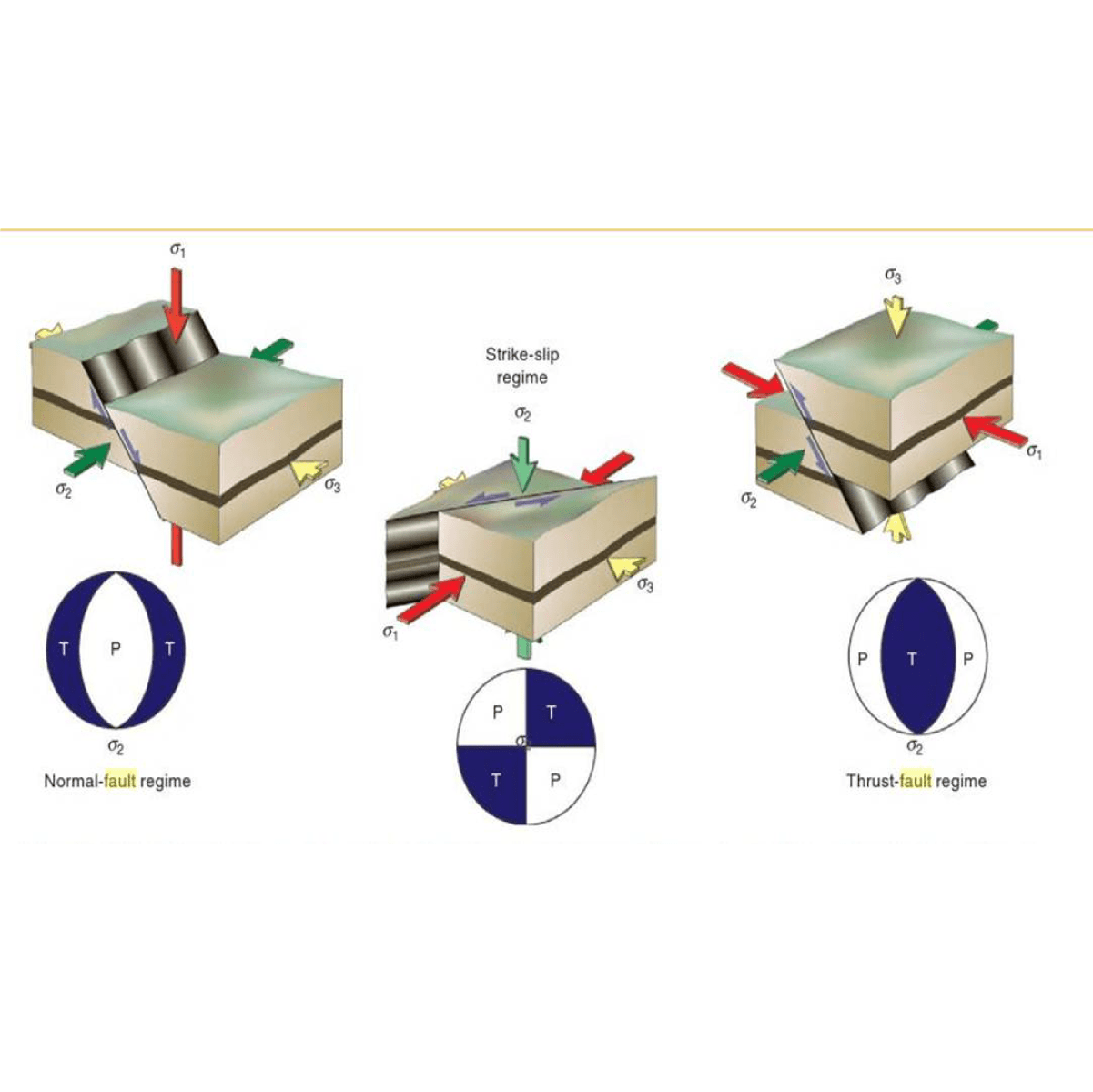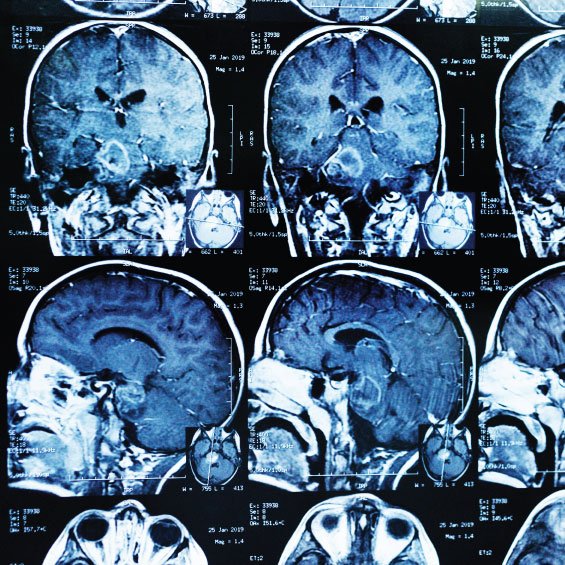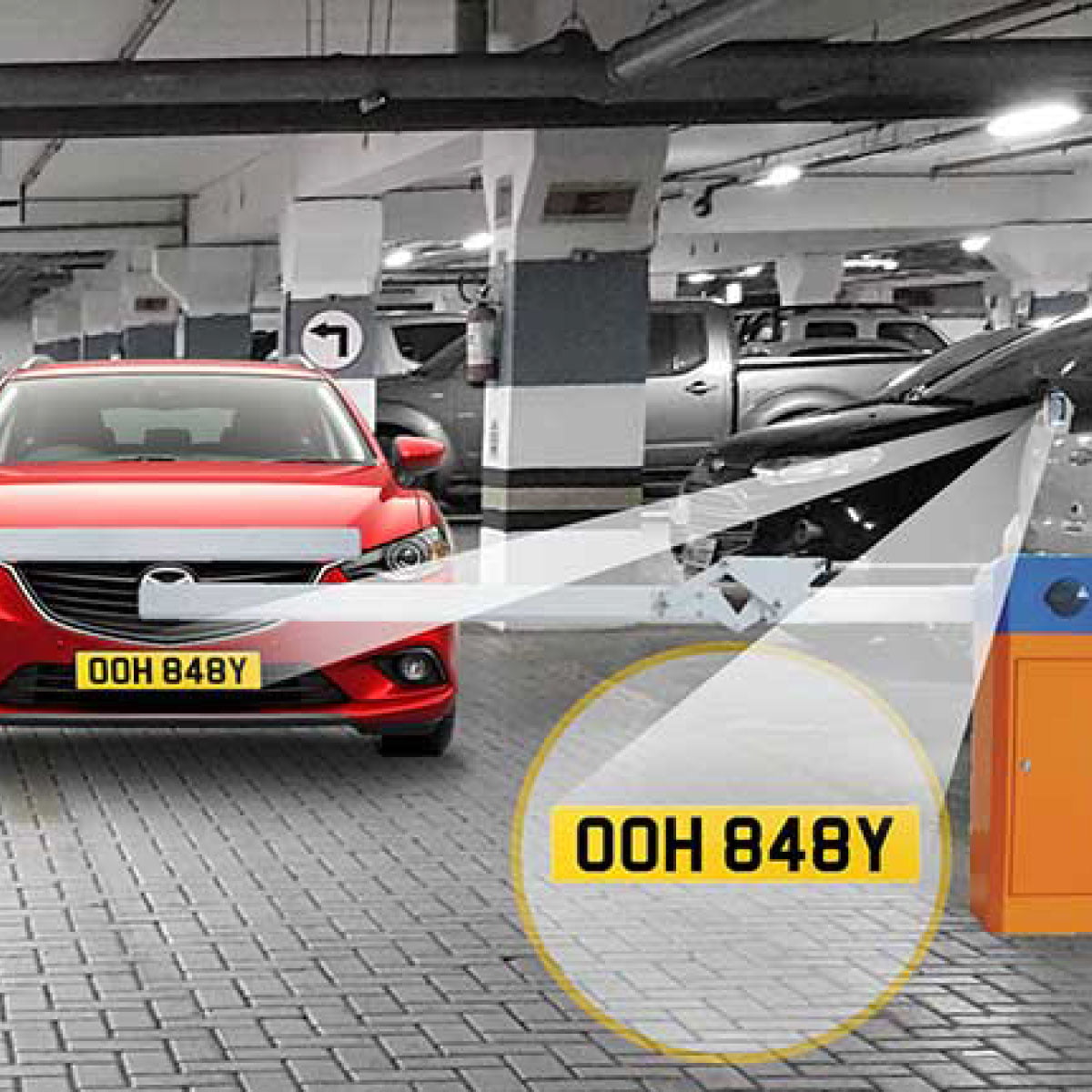Description
Fault Classification using deep Learning
This project is to create an intelligent model using image processing techniques in order to categorize the internal fault into four categories, which are low, intermediate, medium, and high.
Samples of internal fault locations are captured using an infrared thermography camera in which the RGB color image is stored and processed using Matlab.
Processing involves impixelregion which includes creating a Pixel Region tool associated with the image displayed in the current figure, called the target image
. This information is then being used to train a three-layer Artificial Neural Network (ANN) using the Levenberg Marquardt algorithm.
Some samples are used as training whilst other samples are used for testing. The optimized model is evaluated and validated through the analysis of performance indicators frequently used in any classification model.
Abstract
Automation is a very important factor in an industry that manufactures products in mass quantity. After manufacturing a product; to make the decision of rejecting or accepting is taken by measuring quality parameters. To measure quality parameters such as dimensions and features of manufactured product inspection is done manually in almost manufacturing industries. Manual assessment is time-consuming, costly, and sometimes inaccurate and manual assessment for complicated shapes is very difficult. To overcome these problems quality control and quality management for sensitive industrial products is feasible by the use of image processing techniques. In this study use of 2Dimage processing is compared to detect edge defects. The deep learning classification technique called DNN is used here for classification purposes because of this proposed method we get good accuracy in the end.
System Analysis
Existing Systems
- Principal Component Analysis
- DCT and shape features
- KNN and SVM classifier
Proposed Method
- DTCWT and GLCM Features
- DNN Classifier
- K-means Clustering
Advantages
- The segmentation algorithm Proves to be simple and effective
- The greyscale Co-occurrence matrix performed well in NN
- Better texture and edge representation
- Segmentation provides better clustering efficiency
Block Diagram

Requirement Specifications
Hardware Requirements
- system
- 4 GB of RAM
- 500 GB of Hard disk
Software Requirement
- MATLAB 2014a
Fault Classification using deep Learning
REFERENCES
[1] Kaur Navneet and Dalal Mandeep “Application of Machine Vision Techniques in Textile (Fabric) Quality Analysis”, IOSR Journal of Engineering, Vol. 2, No.4, pp. 582-584, Apr. 2012.
[2] Xie Xianghua, “A Review of Recent Advances in Surface Defect Detection using texture analysis Techniques”, Electronic Letters on Computer Vision and Image Analysis, Vol.7, No.3, pp.1-22, 2008.
[3] J.Wang, R.A. Campbell and R.J. Harwood, “Automated inspection of carpets”, in Proc. SP IE, Vol. 2345, pp. 180-191, 1995.
[4] P.M. Mahajan, S.R. Kolhe and P.M. Patil “A Review of Automatic Fabric Defect Detection Techniques” Advances in Computational Research, ISSN: 0975–3273, Vol.1, Issue 2, pp.18-29. 2009.
[5] S. Priya, T. Ashok Kumar, and Paul Varghese, “A Novel Approach to Fabric Defect Detection Using Digital Image Processing”, Proceedings of International Conference on Signal Processing, Communication, Computing, and Networking Technologies (ICSCCN 2011),2011.



































































































































































































































































































































































































































































































































































































































































































































































































































































































































































































































































Customer Reviews
There are no reviews yet.